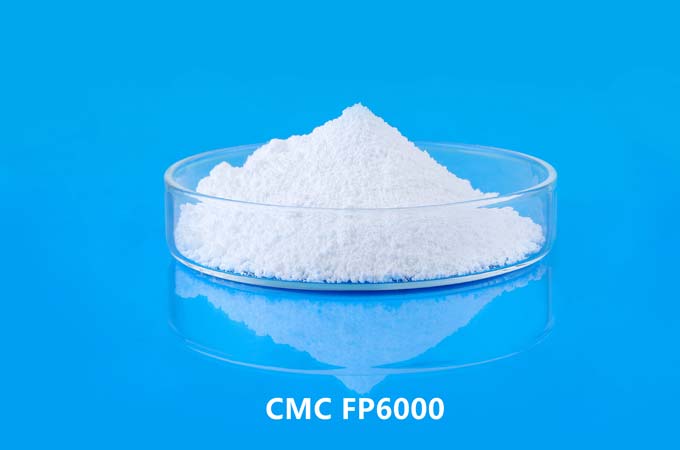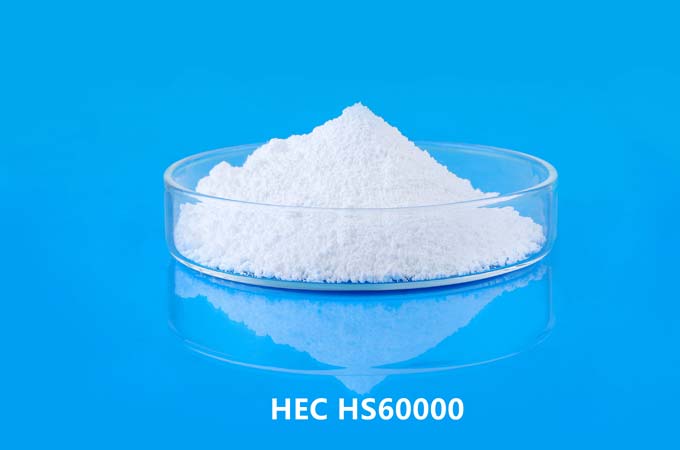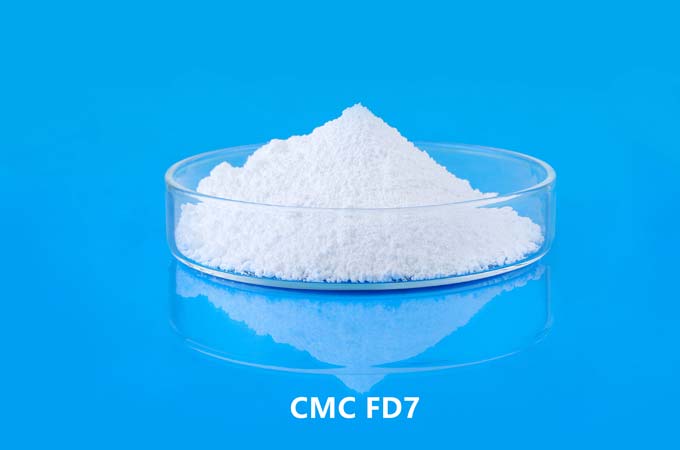Hydroxypropyl Methylcellulose (HPMC) is a semi-synthetic non-ionic cellulose ether made from natural cellulose by chemical modification. This multifunctional polymer material is widely used in many fields such as construction, medicine, food, and cosmetics due to its unique physical and chemical properties. So why do we choose to use HPMC?
1. Excellent performance advantages of HPMC
Excellent solubility
HPMC has temperature-dependent solubility characteristics. It is easily dissolved in cold water to form a transparent solution, but insoluble in hot water (about 60-90°C). This unique "thermal gel" property makes it of special value in drug sustained-release systems and building materials. Products of different specifications can accurately control the dissolution temperature by adjusting the degree of substitution to meet diverse needs.
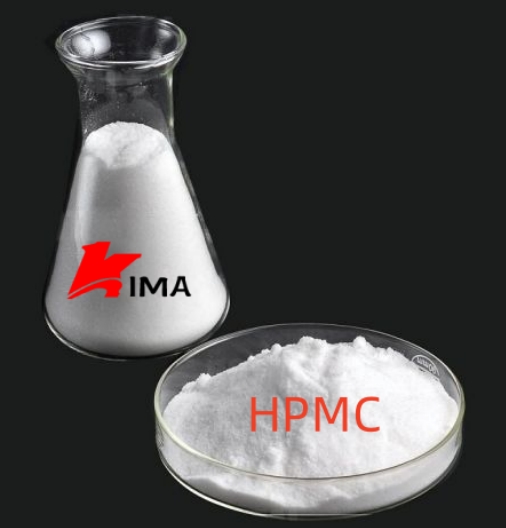
Excellent thickening effect
The hydroxyl and ether bonds on the HPMC molecular chain can form a strong hydration layer, significantly increasing the viscosity of the system. Even low addition amounts (usually 0.1-2%) can produce significant thickening effects, and the viscosity is stable and not easily affected by pH (stable in the pH range of 3-11). This property makes it an ideal thickener choice.
Excellent water retention ability
The hydrophilic groups in the molecular structure of HPMC can effectively lock in moisture, with a water retention rate of more than 90%. In cement-based materials, this property ensures sufficient hydration reaction and prevents cracking caused by premature drying; in cosmetics, it can maintain skin moisture for a long time.
Good film-forming properties
After drying, the HPMC solution can form a transparent, flexible film with excellent oxygen barrier properties and certain mechanical strength. This property makes it an ideal material for tablet coating, food cling film and building waterproof coatings.
Excellent surface activity
HPMC can significantly reduce surface tension and improve the dispersion and uniformity of the system. In pesticide formulations, this property can enhance the spreading and adhesion of the solution on the surface of plants; in coatings, it can improve leveling and eliminate brush marks.
Safe biocompatibility
As a cellulose derivative, HPMC is non-toxic, non-irritating, and not absorbed and metabolized by the human body. It has passed FDA certification and can be used as a food additive and pharmaceutical excipient. Its biodegradability also meets environmental protection requirements.
2. Wide application value of HPMC
Building materials field
In dry-mixed mortar, HPMC is an indispensable additive. As a water retainer, it ensures that the cement is fully hydrated; as a thickener, it improves workability and anti-sagging properties; as a binder, it enhances the cohesion and compressive strength of the material. Especially in tile adhesives, self-leveling mortars and exterior wall insulation systems, HPMC can significantly improve the performance and durability of the final product.
Pharmaceutical preparations field
HPMC is one of the most commonly used excipients in the pharmaceutical industry. As a sustained-release skeleton material, it can control the drug release rate; as a tablet binder, it improves the compressibility of particles; as an eye drops thickener, it prolongs the retention time of drugs in the cornea. Its safety makes it suitable for oral, topical and mucosal drug delivery systems.
Application in the food industry
In food, HPMC is widely used as an emulsifier, stabilizer and thickener in ice cream, salad dressing, jelly and other products. It can improve the taste, prevent phase separation and extend the shelf life. It is often used in vegetarian products to simulate the texture of meat.
Personal care products
In shampoo and shower gel, HPMC increases viscosity and reduces irritation; in toothpaste, it acts as a binder to keep the paste stable; in facial masks, it forms a moisturizing film layer. Its mildness is suitable for sensitive skin.
Other industrial applications
HPMC is also used in ceramic body reinforcement, pesticide slow release, coating anti-settling and other fields, showing strong adaptability.
3. Economic and environmental value of HPMC
From an economic point of view, although the unit price of HPMC is relatively high, its extremely low use concentration (usually 0.1-5%) and significant performance improvement make it very cost-effective. Its versatility can reduce the use of other additives in the formula and simplify the production process.
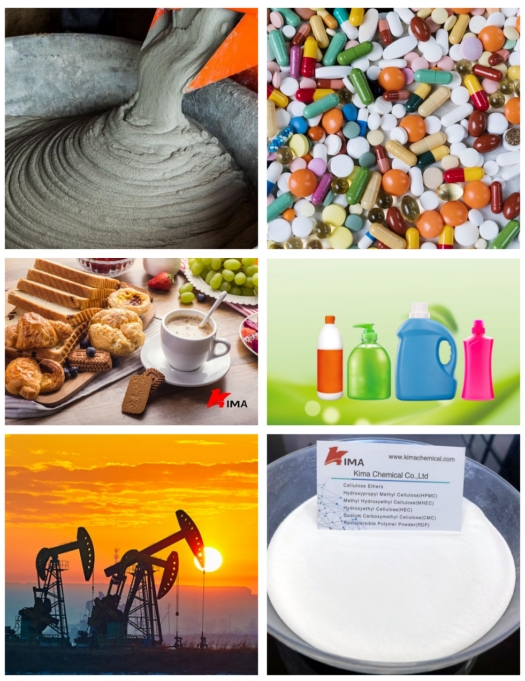
From the perspective of sustainable development, HPMC raw materials come from renewable plant resources, the production process is less polluting, and the product is biodegradable, which complies with the principles of green chemistry. Compared with synthetic polymers, it has a smaller environmental footprint.
Choosing HPMC is a rational decision based on its comprehensive performance advantages, wide applicability and sustainable development concept. With the continuous improvement of material performance requirements and the enhancement of environmental awareness in various industries, the importance of HPMC will be further highlighted. In the future, through the precise design of molecular structure and the innovation of compounding technology, the application potential of HPMC will continue to expand, providing better solutions for various industries.
 English
English 日本語
日本語 français
français Deutsch
Deutsch Español
Español italiano
italiano русский
русский português
português العربية
العربية Türkçe
Türkçe Nederland
Nederland


